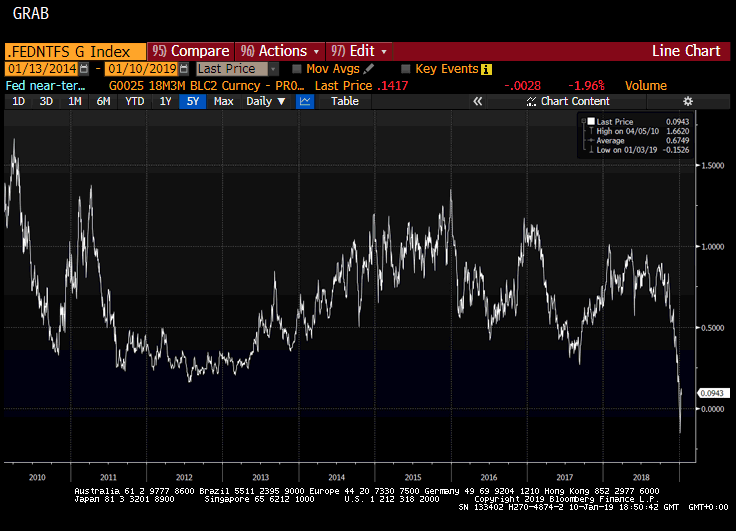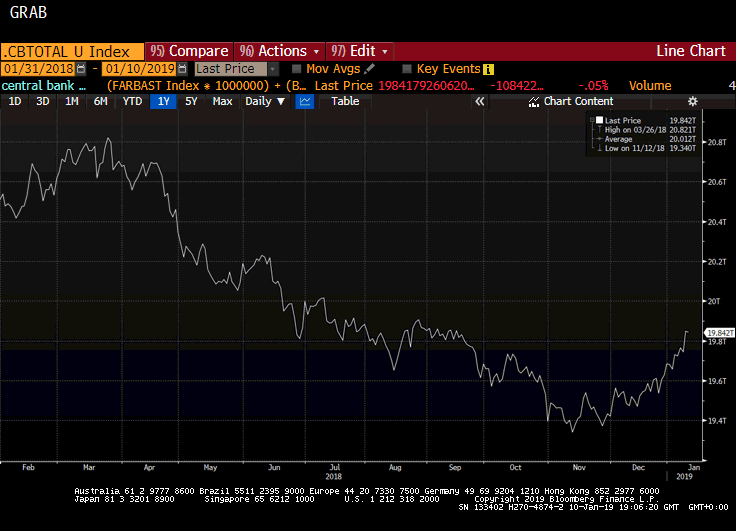Email of the day on yield curve inversions
Before Xmas I forwarded an article by EPB Macro Economics who assessed that the Fed had already tightened too much and that a marked slowing of the economy was inevitable. The latest EPB report (see attached) highlights that there has already been an inversion in US Treasuries, and that the Fed interest rate cycle has now peaked, but deteriorating economic data will cause more volatility in equity markets.
Here is a link to the full report and here is a section from it:
I agree we are late in the cycle and that has been a constant theme in the Subscriber's video for the last 18 months. The inconsistency in the trends on Wall Street, with evidence of completed top formations until proven otherwise is a clear indication that this is a particularly important time to pay attention to liquidity and credit conditions. Here is a section from the report:
Furthermore, the Fed Near Term Forward spread has also inverted which adds even more credence to the assumption that the next policy move from the Federal Reserve is a rate cut.
The Fed Near Term Forward spread measures the difference between the Treasury rate maturing in six quarters (1.5 years) and the 3-month Treasury rate.
This difference provides very clear insight into what the Treasury market is expecting in terms of monetary tightening over the next four quarters.
The three-month rate is tethered fairly closely to the Federal Funds rate and if the Treasury rate six quarters into the future is significantly higher in terms of yield, the market is clearly expecting a couple of rate hikes in the next four quarters.
In the summer of 2018, the Fed Near Term Forward spread was around 80 basis points which means that the Treasury market was pricing in about three rate hikes in the next four quarters.
Today, that spread is down to just seven basis points but inverted last week for the first time since the Financial Crisis.
When the Fed Near Term Forward spread inverts, that is a clear sign from the market to the Fed that something is off with the Federal Reserve's current policy path, the next policy move will be a rate hike and a recession is becoming increasingly probable.

Portions of the yield curve have been inverting but the classic 10-2 year spread has not yet inverted. That’s not especially comforting.
I think it is worth considering where the epicentres of risk reside today versus previous cycles. China is one, where a cocktail of declining standards of governance, nationalism and overleverage represent significant challenges. Europe is another where the contradictions of having a shared monetary policy but no shared transfer mechanism between winners and losers is increasingly being exposed. US government and corporate debt balances are another not least because the government debt issuance is due to accelerate and because corporate issuance has been among the biggest supporters of buybacks.

This is all happened against an environment where global liquidity has been under threat. The recent weakness of the US Dollar has ameliorated the situation in the short term but a new major source of liquidity is going to be required to reignite speculative interest.


